BEQ: Bouyant Energy Quarters
2021-08-31

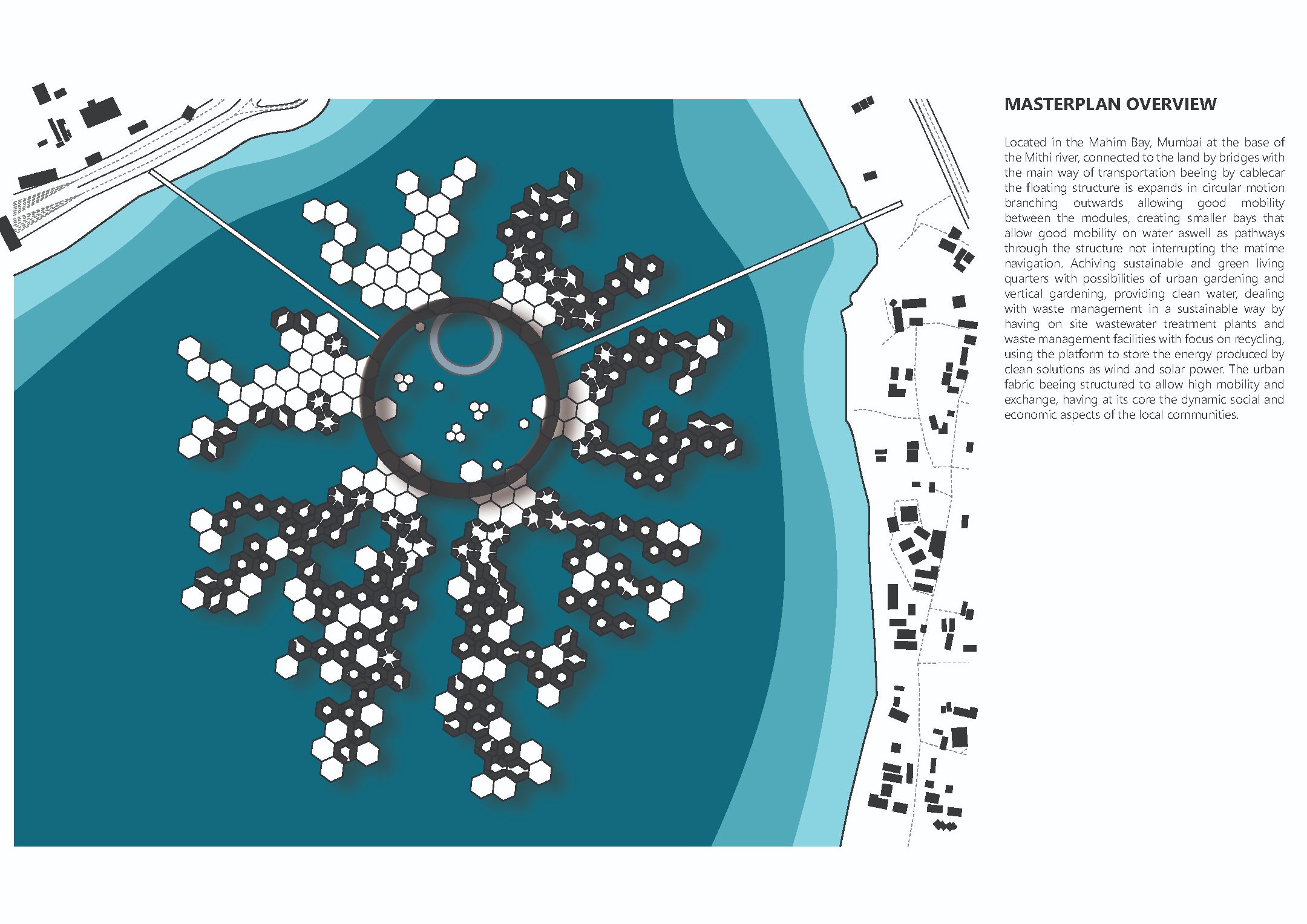
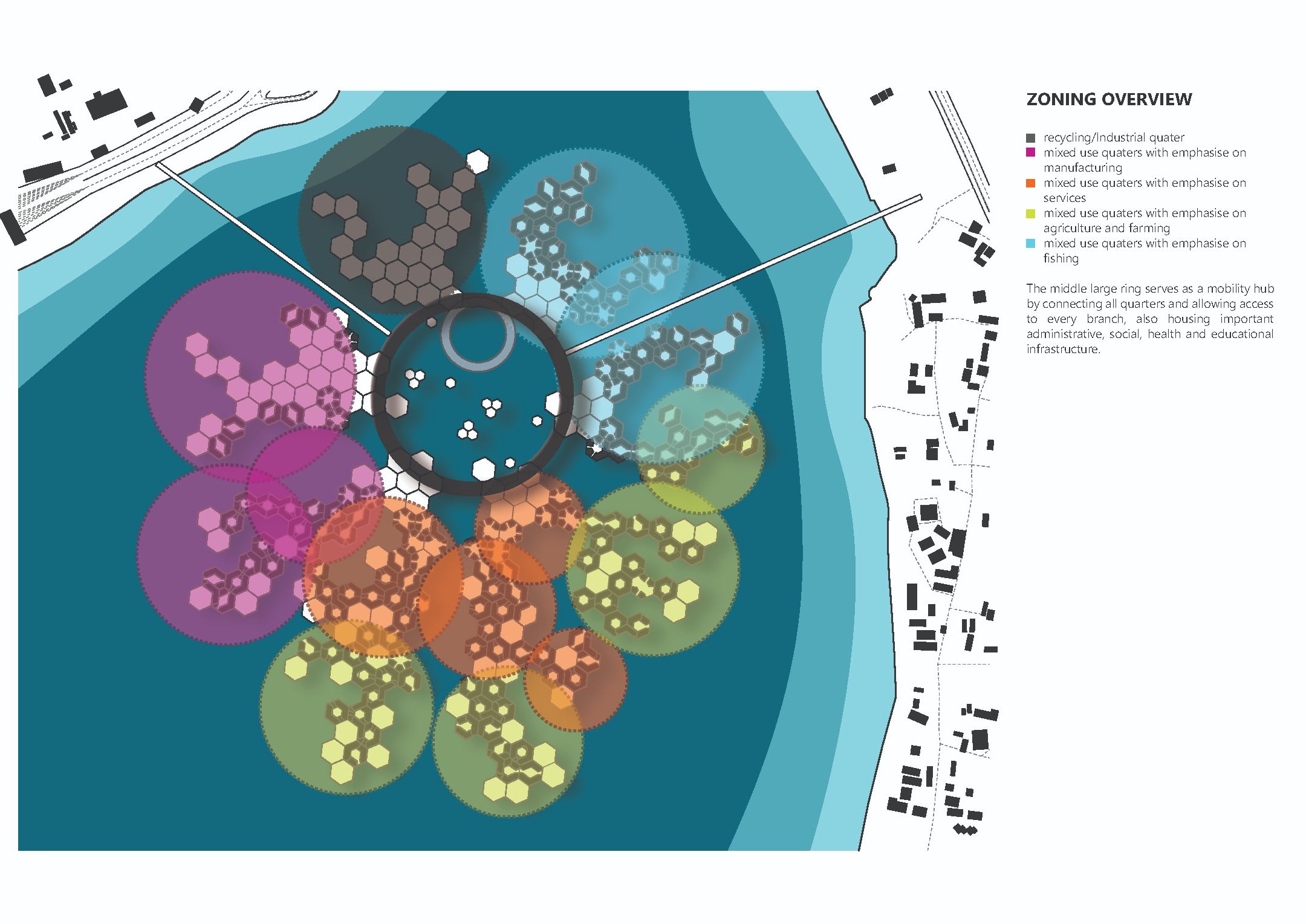
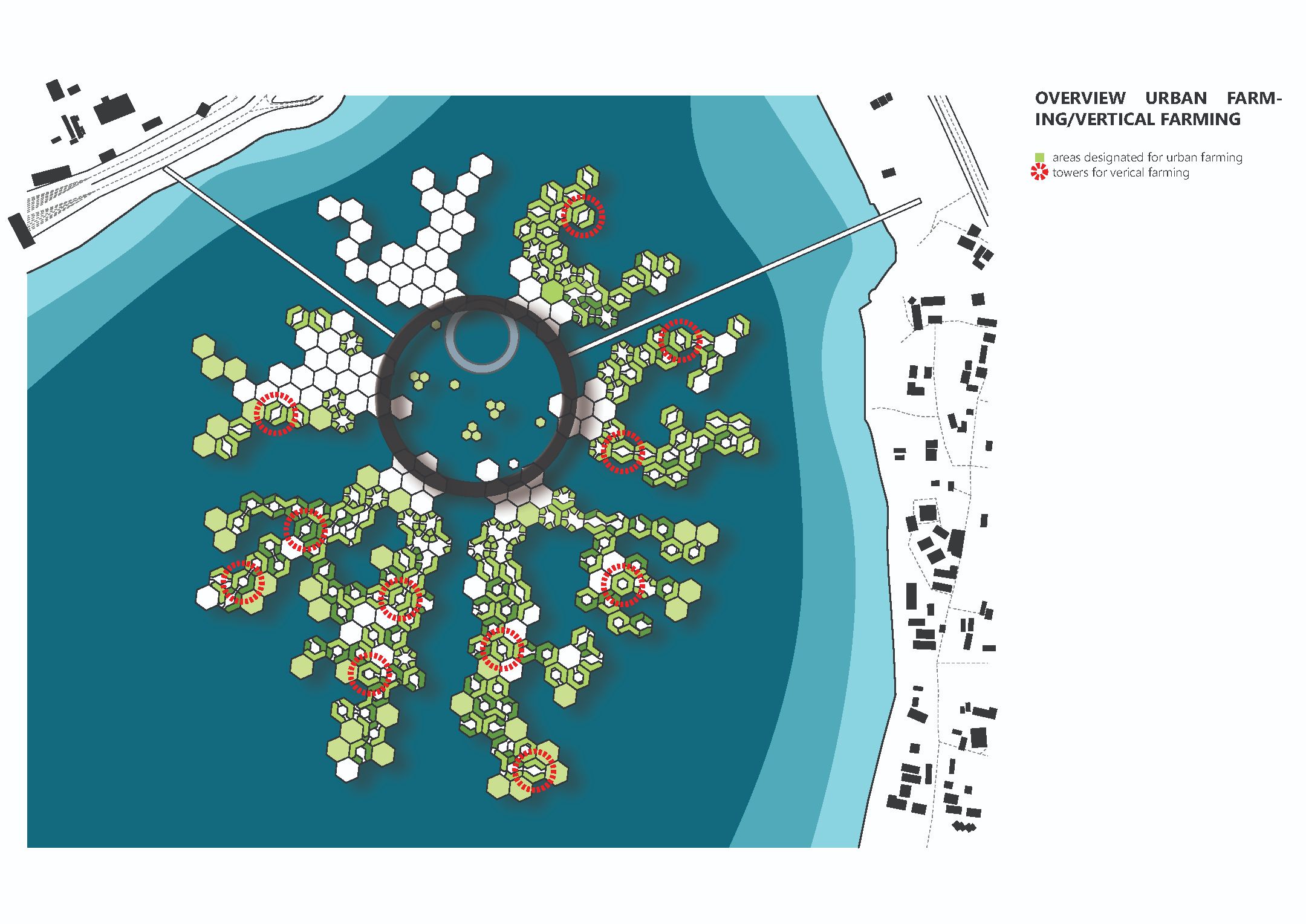
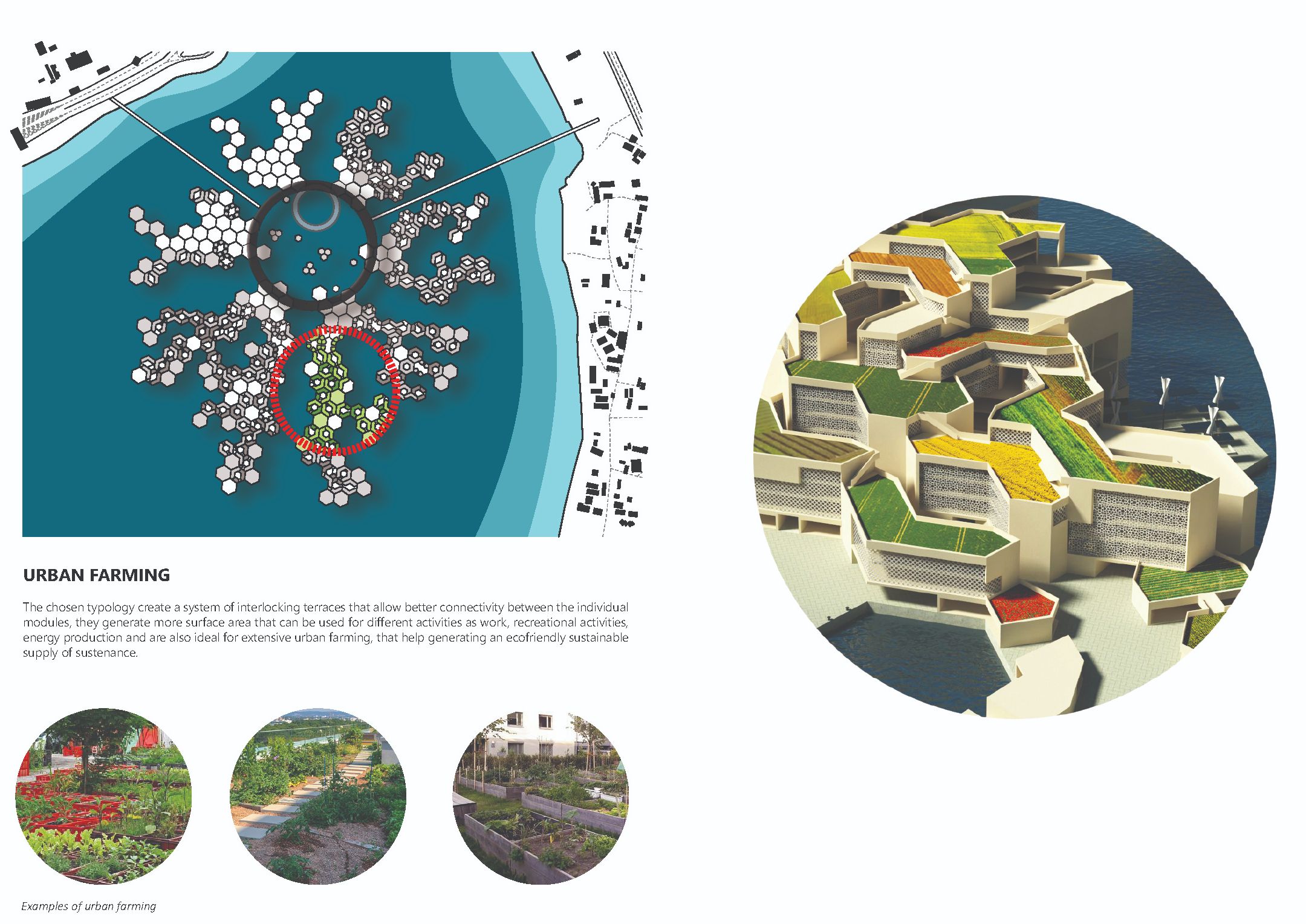
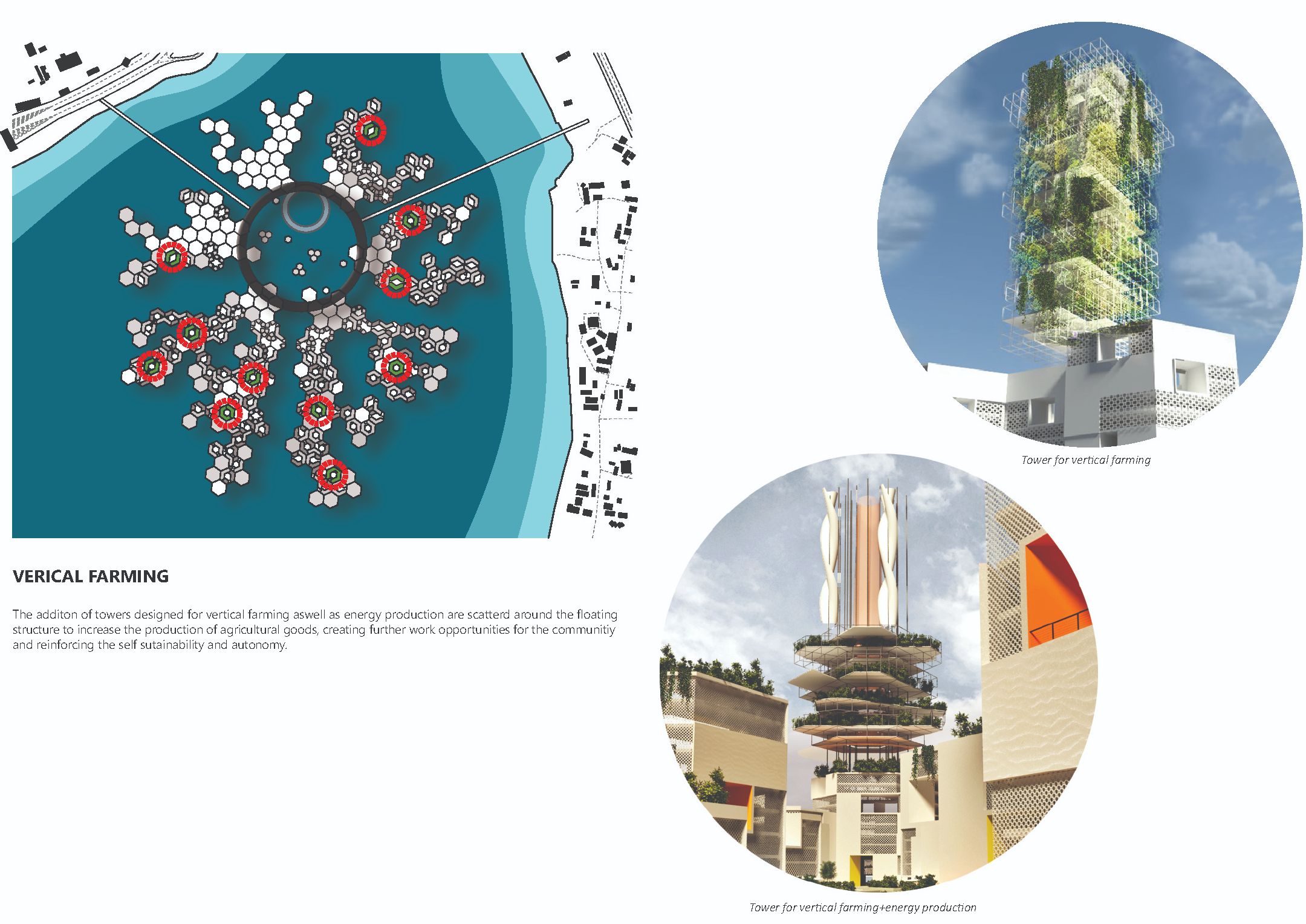

BEQ´S
Bouyant Energy Quarters
Project Partner:
Lead:
Universität Innsbruck, Institut für Infrastruktur, Arbeitsbereich WasserbauPI: Univ.-Prof. Dr.-Ing. habil. Markus Aufleger
Ansprechpartner: Dr. Robert Klar
Partner:
Universität Innsbruck, Fakultät für Architektur, Institut für Experimentelle Architektur.Hoch-bau - Professur Rames Najjar
Ansprechpartner: Univ.-Prof. Dipl.-Ing. Rames Najjar
Geppert GmbH, https://www.geppert.at
Ansprechpartner: DI Alexander Stainer
ma.lo architectural office, https://www.ma-lo.eu/
Ansprechpartnerin: Architektin Eva López
Najjar & Najjar Architects, http://najjar-najjar.com/
Ansprechpartner: Dipl.-Ing. Rames Najjar
Flussplan e.U., http://www.flussplan.at/
Ansprechpartnerin: DDipl.-Ing. Regina Mayer
Project Duration: 09.2018 - 08.2021
Lead:
Universität Innsbruck, Institut für Infrastruktur, Arbeitsbereich WasserbauPI: Univ.-Prof. Dr.-Ing. habil. Markus Aufleger
Ansprechpartner: Dr. Robert Klar
Partner:
Universität Innsbruck, Fakultät für Architektur, Institut für Experimentelle Architektur.Hoch-bau - Professur Rames Najjar
Ansprechpartner: Univ.-Prof. Dipl.-Ing. Rames Najjar
Geppert GmbH, https://www.geppert.at
Ansprechpartner: DI Alexander Stainer
ma.lo architectural office, https://www.ma-lo.eu/
Ansprechpartnerin: Architektin Eva López
Najjar & Najjar Architects, http://najjar-najjar.com/
Ansprechpartner: Dipl.-Ing. Rames Najjar
Flussplan e.U., http://www.flussplan.at/
Ansprechpartnerin: DDipl.-Ing. Regina Mayer
Project Duration: 09.2018 - 08.2021
This project is financed by the European Regional Development Fund
More information on IWB/ERDF can be found:
www.efre.gv.com
Financed by:
The main objective of the planned cooperative K-Regio project BuoyantCity_EStorage is the conceptual development of floating hydraulic pumped storage power plants, which can also be used as a foundation for a wide variety of architectural developments or - in general - for the placement of urban infrastructure. This requires in-depth scientific research and extensive development work by an interdisciplinary team of Tyrolean specialists. Existing technologies have to be recombined and adapted. Special components such as measures for wave damping, fish protection and anchoring systems or turbine pump concepts for sea water and low heads are the subject of basic research. The entire system has to be examined for the concrete implementation up to the ocean suitability. In the course of the project, therefore, possible areas of application, fields of application, architectural and swimming platform designs, mechanical equipment and possible combinations.
In collaboration with diverse experts, we develop new concepts to address some of the biggest challenges facing by cities at coastal areas, to make sustainable, egalitarian communities and deliver resilient forms of development.
In collaboration with diverse experts, we develop new concepts to address some of the biggest challenges facing by cities at coastal areas, to make sustainable, egalitarian communities and deliver resilient forms of development.
The objectives of floating architecture and urbanism proposal are:
- The dangers of climate change and rising sea levels.
- Floating architecture by BEQs concept is without land reclamation nor anchoring to the seabed.
- Generic and flexibility of city growth based on requirement for live, learn and work.
- Job opportunities for people of Mumbai by its infrastructure, industries and recycling units
- Energy production and storage based on solar, windmills, etc. For sustainable development
- More opportunities for vertical and horizontal farming and agriculture.
- Enhancing central part for more business opportunities and creative educational startups/hubs for entrepreneurs.
- The new additional landmark for the Mumbai city
- Recreational areas and parks for connecting city and giving back.
- Increase in market value and investment
- Today, they are home to 54 percent of the world’s population, and by the middle of this century that figure will rise to 66 percent (Habitat 2016). While cities face major problems, from poverty to pollution, they are also powerhouses of economic growth and catalysts for innovation. Therefore, new visions are necessary to get closer to the United Nations Sustainable Development Goal number 11, to make cities and human settlements inclusive, safe, resilient, and sustainable.
- BEQs overall vision is to serve as a model for sustainable neighborhoods designed in a modular way and thus can be easily extended or re-arranged, to adapt for future social-economic realities.
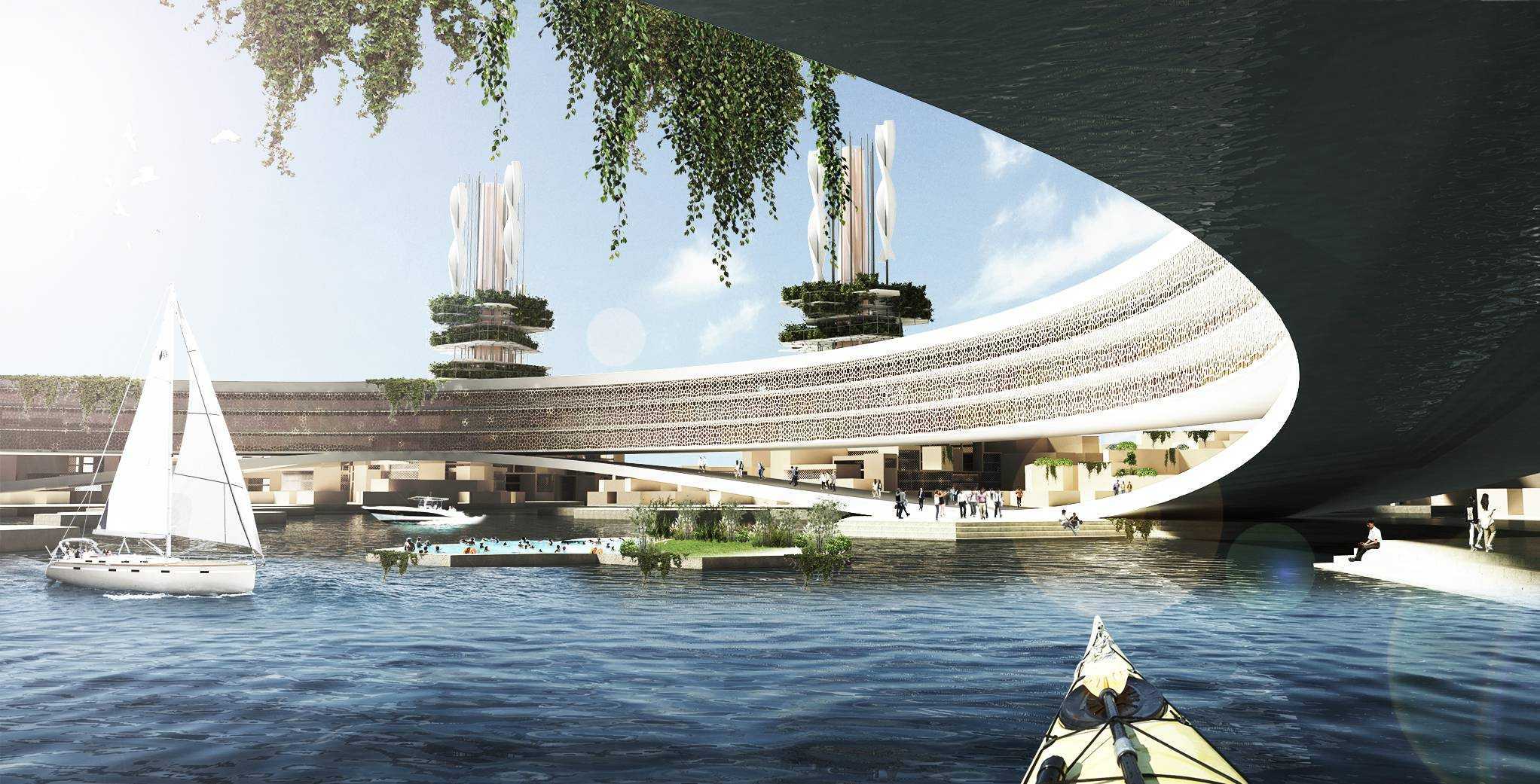

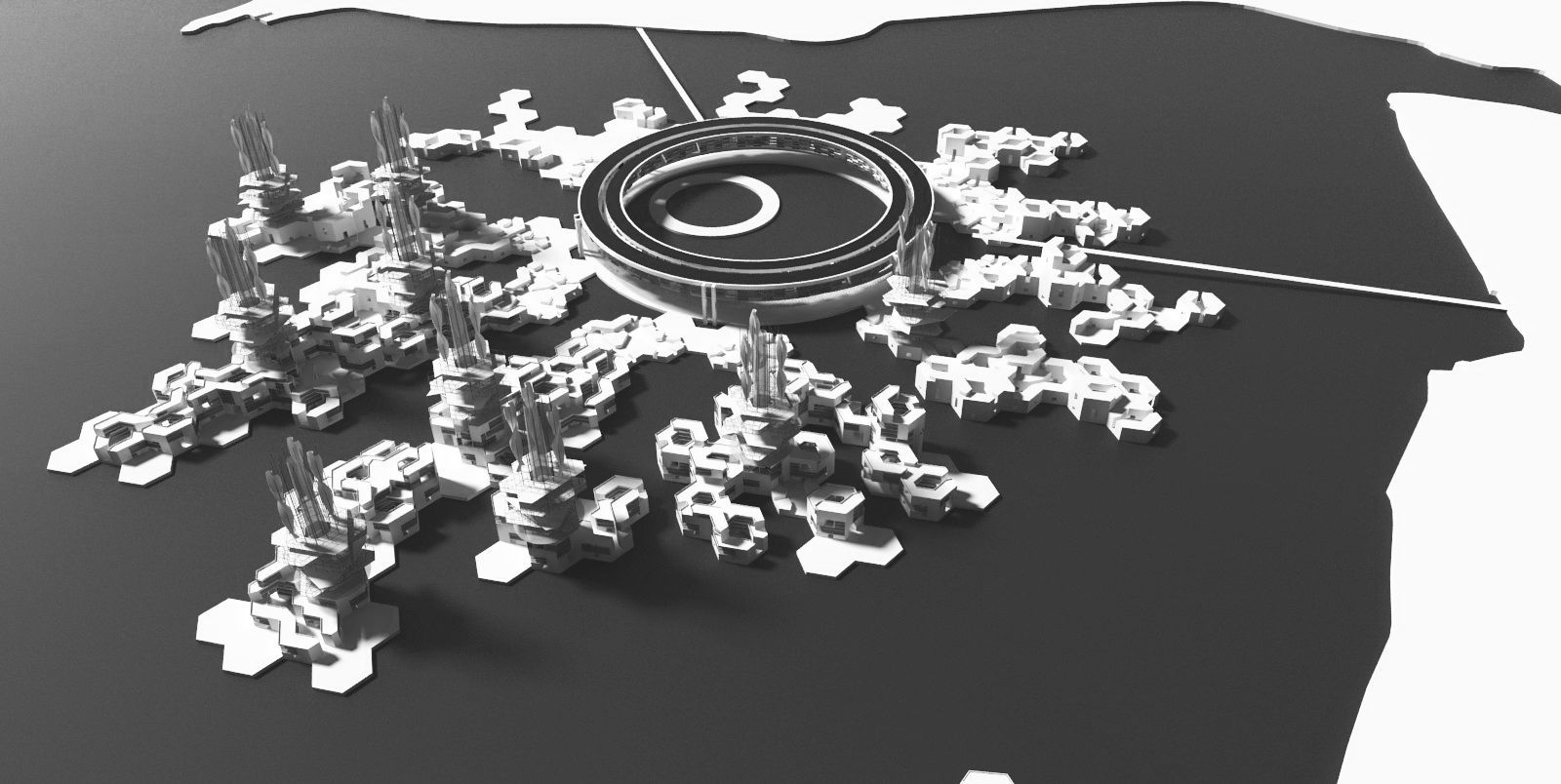
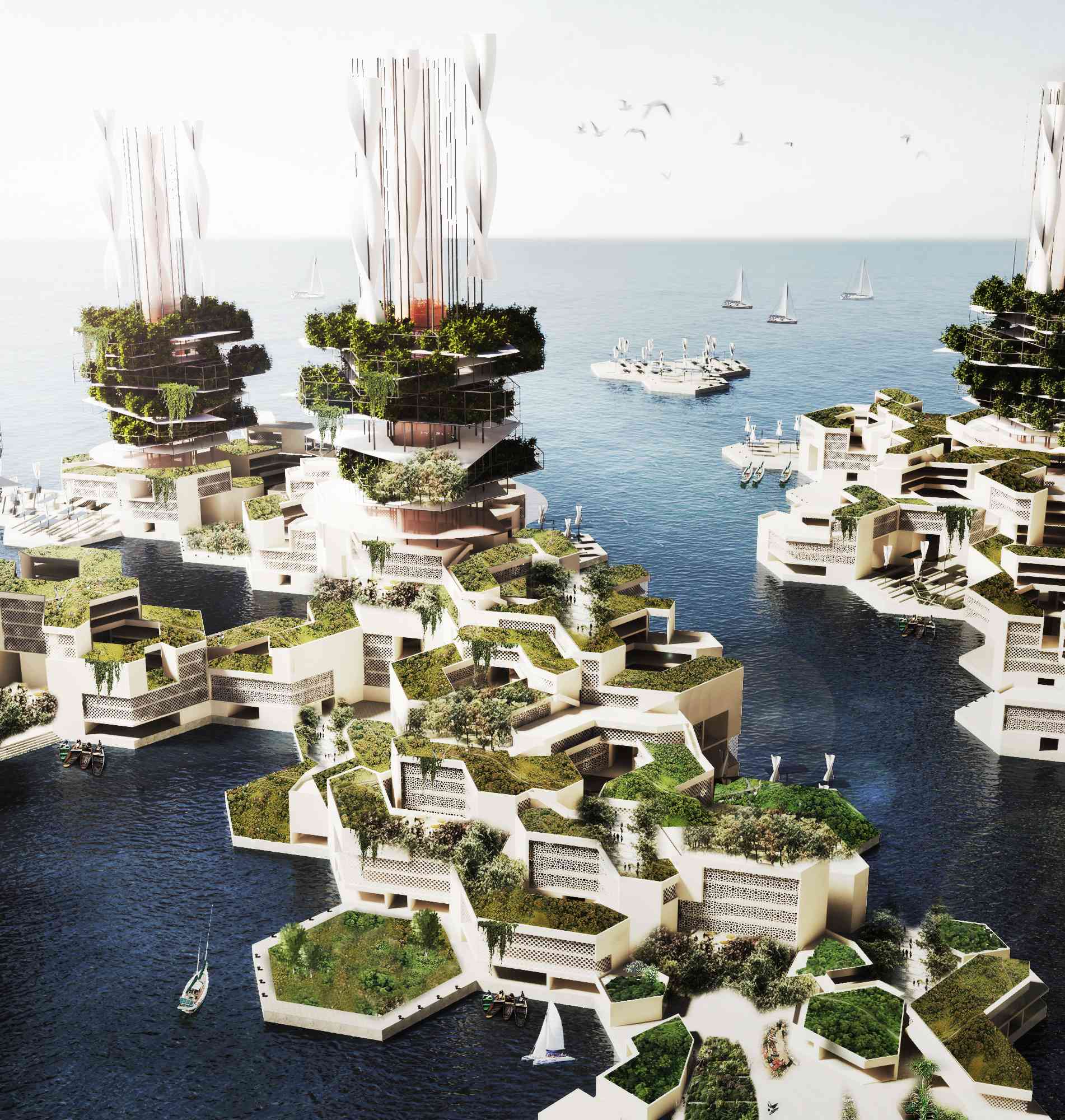
© Najjar Najjar Architects. All rights reserved.

